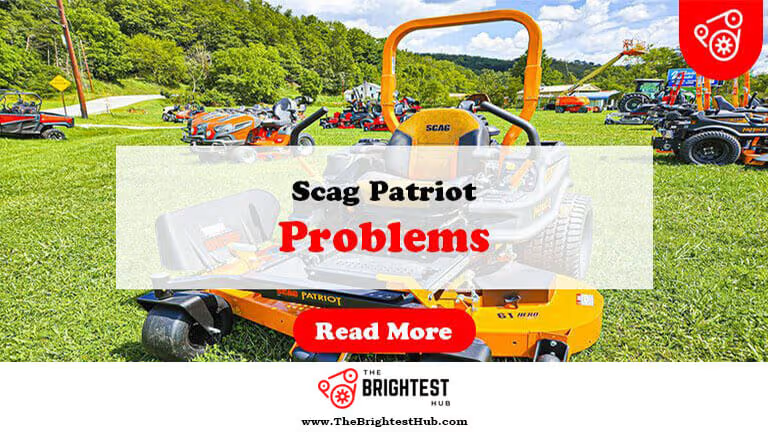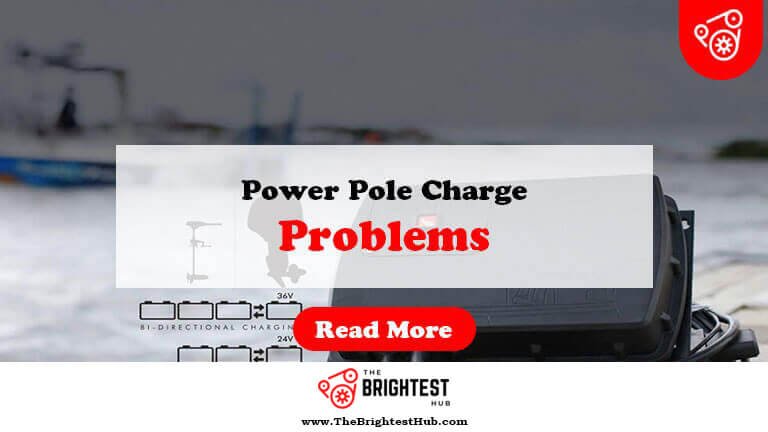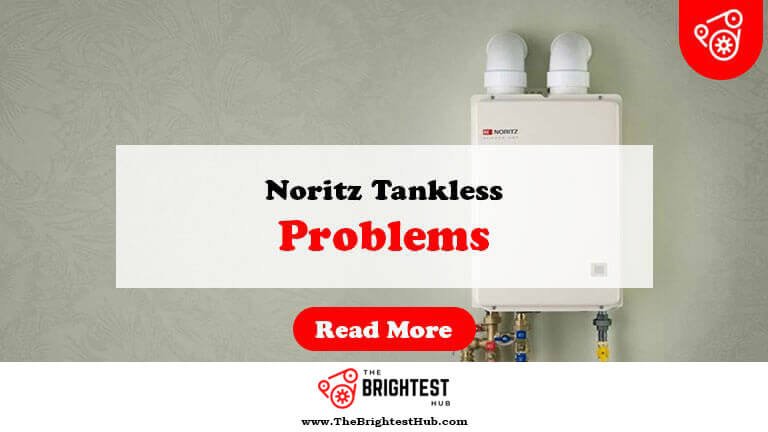Semi-Inground Pool Problems: Quick Fixes & Prevention
Semi-inground pools face several common problems, including structural instability and water balance issues. Regular maintenance and proper installation can mitigate these challenges.
Semi-inground pools offer a unique blend of affordability and aesthetics. They provide an excellent option for homeowners who want a pool without extensive excavation. However, these pools can encounter specific challenges that require attention. Understanding the potential problems, such as water level fluctuations and structural integrity, is crucial for maintaining a safe swimming environment.
Many owners overlook these issues, leading to costly repairs and safety hazards. By staying informed about common semi-inground pool problems and their solutions, you can enjoy your pool for years to come. Proper care and regular checks will ensure your investment remains enjoyable and hassle-free.
Introduction To Semi-inground Pools

Semi-inground pools offer a unique blend of aesthetics and practicality. They sit partially above ground and partially below. This design makes them a popular choice for many homeowners. Understanding their features helps in making informed decisions.
Popularity And Benefits
Semi-inground pools have gained popularity for several reasons:
- Cost-Effective: They are cheaper than fully inground pools.
- Versatile: They fit various yard sizes and styles.
- Easy Installation: Installation is usually quicker and simpler.
- Low Maintenance: They require less upkeep than traditional pools.
Here are some additional benefits:
- Customizable designs for personal taste.
- Enhanced safety features for families.
- Improves property value.
Common Issues Encountered
Even with their benefits, semi-inground pools can have problems. Here are some common issues:
| Problem | Description |
|---|---|
| Water Leakage | Water can seep through cracks or poor seals. |
| Ground Shifting | Soil movement can affect pool stability. |
| Algae Growth | Improper cleaning leads to algae blooms. |
| Rust and Corrosion | Metal components can rust without proper care. |
Addressing these issues promptly helps maintain pool quality. Regular inspections can prevent bigger problems. Always consult a professional for significant repairs.
Water Leakage Issues
Water leakage can be a serious problem for semi-inground pools. It can lead to expensive repairs and increased water bills. Identifying and fixing leaks quickly is essential for pool maintenance.
Identifying Leak Sources
Finding the source of a leak is crucial. Here are common areas to check:
- Skimmer and returns
- Pool liner seams
- Plumbing connections
- Light fixtures
- Pool steps and ladders
Start by observing water levels. If the water drops more than an inch per week, a leak may exist. Conduct a simple bucket test:
- Fill a bucket with pool water.
- Place it on the pool step.
- Mark the water level in the bucket and the pool.
- Wait 24 hours and compare levels.
This test helps determine if the loss is due to evaporation or a leak.
Effective Sealant Solutions
Once you find the leak, use the right sealants to fix it. Here are some effective options:
| Sealant Type | Best For |
|---|---|
| Pool Liner Patch | Liner tears or holes |
| Silicone Sealant | Skimmer and return fittings |
| Epoxy Putty | Plumbing leaks |
| Liquid Rubber | Cracks in walls |
Follow the manufacturer’s instructions for best results. Ensure surfaces are clean and dry before applying sealants. Regular checks can prevent future leaks.
Liner Damage And Repair
Liner damage can be a significant issue for semi-inground pools. Understanding how to identify and repair liner tears is essential for pool maintenance. Proper care can extend the life of your pool liner and enhance your swimming experience.
Types Of Liner Tears
Different types of liner tears can occur. Knowing these helps in choosing the right repair method. Here are some common types:
| Type of Tear | Description |
|---|---|
| Small Punctures | Minor holes that can be easily patched. |
| Large Rips | Significant tears needing more extensive repairs. |
| Seam Separation | Where two liner pieces come apart. |
Diy Patching Techniques
Repairing a liner tear is possible with some basic tools. Follow these steps for effective DIY patching:
- Identify the Tear: Locate the exact spot of damage.
- Clean the Area: Remove dirt and debris around the tear.
- Dry the Liner: Ensure the area is completely dry.
- Apply Patch: Use a vinyl patch kit for best results.
- Press Firmly: Ensure the patch adheres well to the liner.
- Seal Edges: Apply adhesive around the patch edges.
Tools needed:
- Vinyl patch kit
- Scissors
- Adhesive
- Clean cloth
Regular checks can prevent future damage. Fixing liner issues quickly helps maintain pool safety and enjoyment.
Filter System Malfunctions
Filter system malfunctions can disrupt your semi-inground pool experience. These issues may lead to dirty water or algae growth. Understanding your filter system helps in quick resolutions.
Maintenance For Optimal Performance
Regular maintenance is crucial for your filter system. Follow these steps for optimal performance:
- Clean the filter regularly: Remove debris and dirt.
- Check pressure levels: High pressure indicates blockages.
- Inspect hoses and connections: Look for leaks or damages.
- Replace filter cartridges: Follow manufacturer guidelines.
Keep a maintenance log to track your filter’s performance. Regular checks prevent major issues.
Troubleshooting Common Filter Problems
Here are some common filter problems and their solutions:
| Problem | Possible Cause | Solution |
|---|---|---|
| Low water flow | Clogged filter | Clean or replace the filter. |
| Cloudy water | Dirty filter | Backwash or clean the filter. |
| Strange noises | Air in the system | Check for leaks or air pockets. |
| Frequent backwashing | Debris overload | Clean the pool area more often. |
Identifying these issues early helps maintain clean and safe water.
Pool Wall Corrosion
Pool wall corrosion is a common issue for semi-inground pools. It can lead to leaks, structural damage, and increased maintenance costs. Understanding the causes and prevention methods is crucial.
Causes Of Rust And Corrosion
Several factors contribute to pool wall corrosion. Here are the main causes:
- Water Chemistry: Unbalanced pH levels and high chlorination can corrode walls.
- Moisture: Constant exposure to moisture accelerates rusting.
- Material Quality: Low-quality materials are more prone to corrosion.
- Age: Older pools are more susceptible to rust issues.
- Environmental Factors: Saltwater and chemicals can damage pool walls.
Preventative Coatings And Materials
Using the right coatings and materials can help prevent corrosion. Consider the following options:
| Material | Benefits |
|---|---|
| Stainless Steel | Highly resistant to rust and corrosion. |
| Aluminum | Lightweight and resistant to corrosion. |
| Epoxy Coatings | Forms a barrier against moisture and chemicals. |
| Vinyl Liners | Protects walls and reduces exposure to water. |
Regular maintenance is also essential. Follow these tips:
- Test water chemistry weekly.
- Clean pool surfaces regularly.
- Inspect for leaks and damage.
- Apply protective coatings every few years.
Uneven Ground Settlement
Uneven ground settlement is a common issue for semi-inground pools. It occurs when the soil beneath the pool shifts or settles. This can lead to serious problems, affecting the pool’s stability and safety.
Impact On Pool Structure
Uneven ground settlement can cause various structural issues:
- Cracking Walls: Uneven pressure leads to cracks.
- Water Leakage: Cracks can allow water to escape.
- Pool Tilting: The pool may tilt, making it unsafe.
- Increased Maintenance: More repairs are needed over time.
These problems not only affect the appearance but also the usability of the pool. Ignoring these issues can lead to costly repairs.
Correcting Ground Irregularities
Fixing ground irregularities is essential for pool safety. Here are some ways to address the issue:
- Soil Testing: Assess the soil type and condition.
- Excavation: Remove any loose or unstable soil.
- Compaction: Compact the soil to provide a solid base.
- Leveling: Use a laser level to ensure a flat surface.
- Reinforcement: Add gravel or other materials for stability.
Regular checks can prevent uneven settlement. Early intervention saves time and money.
Coping With Algae And Mold
Algae and mold can ruin your semi-inground pool experience. They thrive in warm, moist conditions. Ignoring these issues can lead to costly repairs and maintenance. Understanding how to manage them is crucial.
Algae Prevention Strategies
Preventing algae growth is easier than removing it. Here are some effective strategies:
- Regular Cleaning: Clean your pool regularly.
- Proper Filtration: Ensure the filter runs efficiently.
- Chlorine Levels: Maintain proper chlorine levels (1-3 ppm).
- pH Balance: Keep pH between 7.2 and 7.8.
- Sunlight Exposure: Use pool covers to limit sunlight.
Natural Solutions For Mold Issues
Mold can grow in damp areas around your pool. Here are natural solutions to tackle mold:
- Vinegar: Spray diluted vinegar on affected areas.
- Baking Soda: Create a paste for scrubbing.
- Hydrogen Peroxide: Use a 3% solution to clean.
- Tea Tree Oil: Mix with water as a natural cleaner.
| Solution | How to Use |
|---|---|
| Vinegar | Spray on mold, let sit, then rinse. |
| Baking Soda | Mix with water, scrub, then rinse. |
| Hydrogen Peroxide | Apply directly, let it bubble, then rinse. |
| Tea Tree Oil | Mix with water, spray, then wipe. |
Follow these strategies to keep your semi-inground pool clean. Enjoy a healthy swimming environment.
Winterizing Your Semi-inground Pool
Winterizing your semi-inground pool is essential. It protects your investment during cold months. Proper preparation prevents freeze damage and costly repairs. Follow these steps to ensure your pool stays safe and sound.
Steps To Protect Against Freeze Damage
To avoid freeze damage, follow these simple steps:
- Clean the Pool: Remove leaves and debris.
- Lower Water Level: Drain water to below the skimmer.
- Winterize Equipment: Disconnect and store pumps and filters.
- Use Pool Antifreeze: Add antifreeze to plumbing lines.
- Cover the Pool: Use a sturdy winter cover.
These steps help prevent ice expansion. They protect your pool walls and plumbing.
Long-term Pool Closure Tips
For a successful long-term closure, consider these tips:
- Inspect All Equipment: Check for wear and tear.
- Secure the Cover: Make sure it is tight and secure.
- Check for Pests: Ensure no animals can enter.
- Monitor Weather Conditions: Be aware of extreme weather.
- Plan for Spring: Schedule a spring opening service.
These tips keep your pool in great shape. They make reopening easier and safer.
Proactive Maintenance Schedule
A proactive maintenance schedule is key for your semi-inground pool. Regular upkeep prevents major issues. It ensures your pool stays clean and safe. Following a strict schedule can save you time and money.
Routine Check-ups
Routine check-ups are vital for pool health. These checks help catch problems early. Here’s a simple checklist:
- Water Levels: Keep the water at the right level.
- Filtration System: Inspect filters monthly.
- Pool Walls: Look for cracks or algae.
- Skimmers: Clean skimmers weekly.
- Pool Cover: Check for tears or damage.
Perform these checks regularly. Set reminders to help you stay on track.
Longevity Practices
Longevity practices extend the life of your pool. Simple actions make a big difference. Consider these practices:
- Regular Cleaning: Clean the pool weekly.
- Water Testing: Test water chemistry bi-weekly.
- Winterization: Properly winterize your pool.
- Equipment Care: Maintain pumps and heaters.
- Surface Protection: Use pool covers during off-seasons.
Implement these practices for long-lasting enjoyment. A well-maintained pool provides fun for years.
Professional Help Vs. Diy
Choosing between professional help and DIY can be tough. Each option has its pros and cons. Understanding when to call an expert is crucial. Knowing your limits can save time and money.
When To Call The Experts
Some pool issues are complex. Here are signs you need professional help:
- Significant water leaks
- Structural damage
- Electrical problems
- Complex filtration issues
- Poor water quality
Experts have the right tools and experience. They ensure safety and proper repairs. Delaying could lead to bigger problems.
Resources For Home Repairs
For minor issues, DIY can be effective. Here are some resources to help:
| Problem | Resource |
|---|---|
| Water balance issues | Online tutorials and guides |
| Cleaning the pool | Videos on pool maintenance |
| Small leaks | Repair kits available at stores |
| Filter changes | Manufacturer manuals |
Always read instructions carefully. Use the right tools for safety. Know your limits to avoid costly mistakes.
Frequently Asked Questions
What Are Common Semi-inground Pool Issues?
Common issues include water leaks, unstable walls, and algae growth. Regular maintenance helps prevent these problems.
How To Fix Leaks In A Semi-inground Pool?
Identify the leak source, then use pool repair tape or sealant. Professional help may be needed for larger leaks.
What Causes Algae In Semi-inground Pools?
Algae growth often results from poor water circulation, insufficient chemicals, or lack of regular cleaning. Maintain balance to prevent this.
How To Maintain A Semi-inground Pool?
Regularly check water chemistry, clean filters, and remove debris. Consistent maintenance keeps your pool in optimal condition.
Can Semi-inground Pools Withstand Extreme Weather?
Most semi-inground pools are designed to endure various weather conditions. Proper installation and care enhance their durability.
Conclusion
Semi-inground pools offer unique benefits but can come with challenges. Regular maintenance and proper installation are key to avoiding common issues. Understanding these problems helps you enjoy your pool more. Stay informed, address issues promptly, and your semi-inground pool can be a source of endless enjoyment for years to come.






